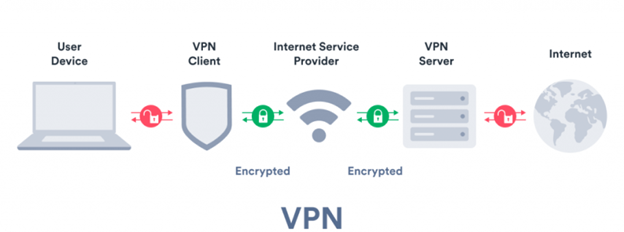
Navigating the digital landscape can be a daunting task for small businesses, especially when the competition is fierce and resources are scarce. A captivating, user-friendly, and SEO-optimized website is no longer a luxury but a necessity in the modern marketplace. The question arises: how can small businesses make their mark online and outrank competitors in SEO with a limited budget?
Web Design on a Shoestring: Economical Strategies for Small Businesses Eyeing Growth
This article explores unique and economical web design strategies that small businesses can implement to catalyze growth without breaking the bank.
UX: The Heart of Web Design
User experience (UX) is the backbone of effective web design. It’s not just about how your website looks, but how it works and feels for the user. According to a Forrester report, a well-crafted user interface could boost your website’s conversion rate by up to 200%. Implementing features like intuitive navigation, quick load times, and mobile responsiveness can significantly enhance UX, all without incurring massive costs.
DIY Website Builders: A Boon for Small Businesses
The rise of do-it-yourself website builders, such as Wix, Squarespace, and WordPress, has been a game-changer for small businesses. Offering a plethora of customizable templates, these platforms allow businesses to design professional and visually appealing websites without hiring a professional web designer or agency. The cost-effectiveness and user-friendliness of these platforms make them an ideal choice for small businesses seeking to scale their web presence.
Integrating SEO: The Lifeline of Digital Visibility
Web design and SEO are two sides of the same coin. An attractive website that isn’t optimized for search engines will struggle to draw traffic and outrank competitors. With a focus on SEO—from relevant keywords in your content to image optimization and mobile-friendliness—your website can achieve higher visibility in search engine results. As highlighted by Statista, over 54.8% of all web traffic in 2021 was mobile, emphasizing the critical need for mobile optimization in your web design.
Visual Content: The Language of Engagement
The power of visual content cannot be overstated. Human brains process visual information 60,000 times faster than text, which means engaging visuals are key to captivating your audience. Utilizing free or affordable tools like Canva or Pixabay can provide you with high-quality images, infographics, and other visual content that enhances user engagement without stretching your budget.
Social Media Integration: Extending Your Reach
Integrating your website with your social media platforms is an economical and effective strategy to extend your reach and enhance user engagement. By enabling easy sharing of your content and connecting your social media profiles to your website, you can foster a comprehensive digital presence. Furthermore, social media signals are taken into account by search engines, contributing to your SEO efforts.
In conclusion, scaling web design for small businesses doesn’t necessarily require a large budget. By focusing on user experience, harnessing the power of DIY website builders, integrating SEO, utilizing visual content, and linking with social media, small businesses can create an impactful online presence. The digital world may seem overwhelming, but with strategic and economical web design tactics, small businesses can confidently outrank competitors and drive growth.





